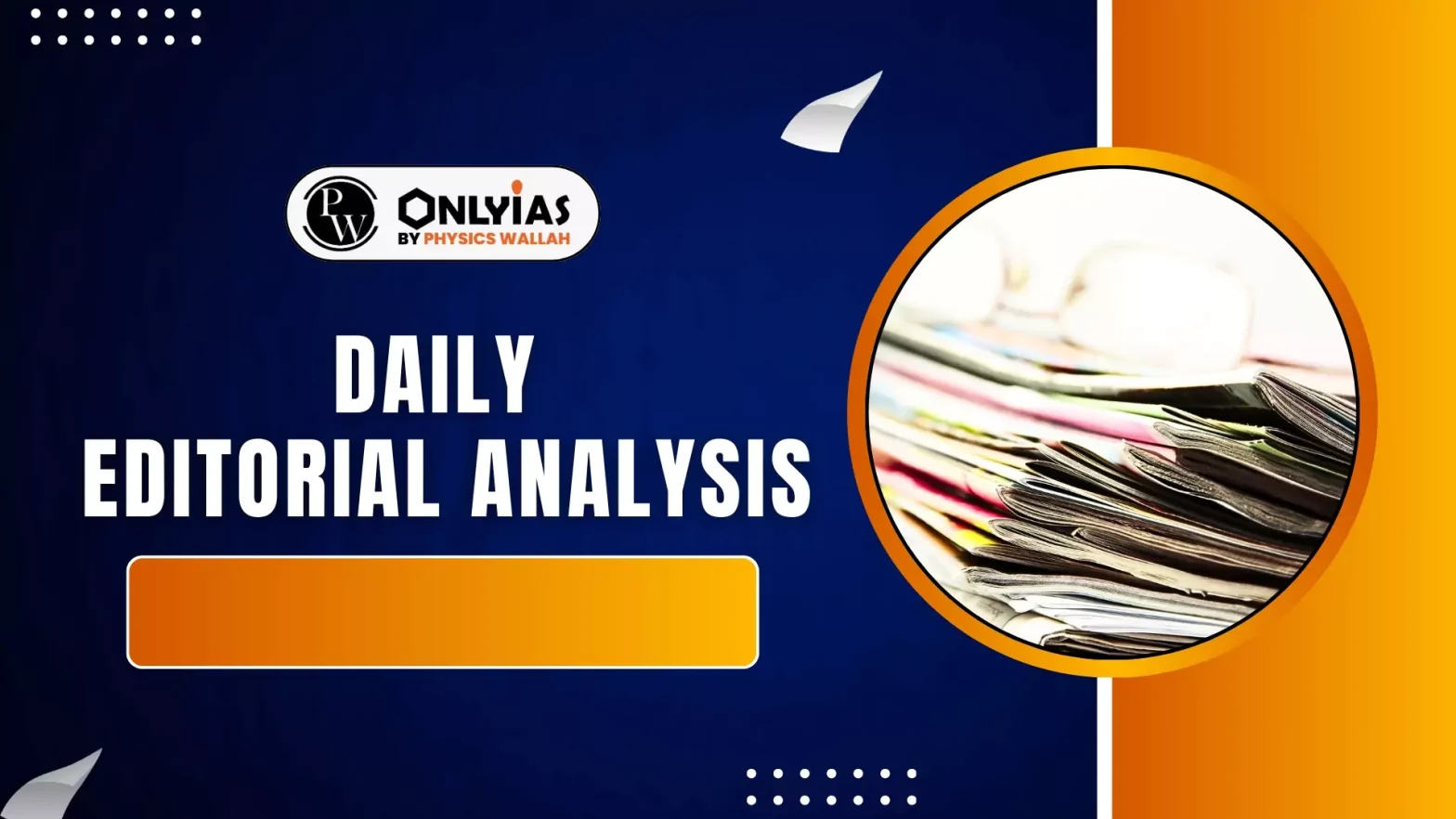On July 9, 2025, a span of a 40-year-old bridge in Vadodara in Gujarat caved in, sending half-a-dozen vehicles into the Mahisagar river below. India faces a critical challenge concerning its aging infrastructure.
Recent Catastrophic Failure of Infrastructure
The following incidents, alongside numerous road accidents and deadly fires, consistently compromise lives and underscore the dire state of infrastructure management.
- 15 June 2025: An iron pedestrian bridge over the Indrayani river in Pune collapsed due to overloading, resulting in four deaths.
- May 2025: A concrete slab fell from a bridge construction site over the Kathajodi river in Cuttack, killing three workers.
- 2024: The Ghatkopar hoarding collapse in Mumbai led to 17 fatalities.
- 2023: A girder failure at an under-construction railway bridge in Mizoram resulted in 26 worker deaths. In Lucknow, a rooftop billboard collapse killed two women, and a metro construction site pillar collapse in Bengaluru killed a mother and her toddler.
- 2022: The Morbi suspension bridge over the Machchhu river in Gujarat failed, killing over 140 people.
Reasons for Repeated collapse of Infrastructure
- Ageing Infrastructure: Many facilities, including bridges, roads, and hospitals, were designed for a smaller user base but are now giving way under increased load and usage. They are often not tested or repaired on time.
- Systemic Neglect: There is a pervasive lack of proper maintenance, particularly in peri-urban areas.
- Departmental Deficiencies: Departments responsible for upkeep are frequently underfunded, understaffed, or complacent.
- Corruption: This remains a significant factor, with small mistakes leading to the loss of hundreds of lives.
- Insufficient Audits and Public Disclosure: While investigations are ordered, few failure analysis reports enter the public domain.
- Audits, when conducted, are often restricted to infrastructure of the same type, rather than applying broadly.
Way Forward
A robust, multi-pronged strategy is essential to prevent future tragedies and ensure the safety of India’s infrastructure:
- Prioritise Maintenance over New Construction: Existing infrastructure must be diligently maintained.
- Initiatives like the Urban Infrastructure Development Fund and rehabilitative schemes such as the Atal Mission for Rejuvenation and Urban Transformation (AMRUT Mission) must incorporate additional priorities for regular maintenance of ageing urban assets.
- Regular and Transparent Audits:
- Uniform Enforcement: Baseline audit frameworks for municipal bridges must be enforced more uniformly and transparently across the nation.
- Frequent Monitoring: In areas with a population of 10 lakh or more, urban assets must be identified and subjected to frequent monitoring and auditing.
- Mandatory Probes: Every accident must trigger a probe by a statutory body and a mandatory audit of all major infrastructure.
- States must publish findings promptly to ensure public awareness and accountability.
- Strengthening Responsible Departments:
- Address Staff Shortages: Departments responsible for infrastructure upkeep must be adequately staffed.
- Ensure Proper Funding: Sufficient funding must be allocated for maintenance.
- Tackle Corruption: Strict measures are needed to address and eliminate corruption within these departments.
- Strategic Management of Old Infrastructure:
- Load Bearing Capacity Assessment: For older bridges, their load-bearing capacity must be regularly assessed and regulated to prevent overloading.
- Demolition of Outdated Structures: Infrastructures that are completely outdated and pose a risk must be demolished rather than allowing their continued use.
- Public Awareness and Accountability: Making audit reports public will empower citizens to demand action from their elected representatives, fostering greater accountability.
Conclusion
The Vadodara collapse underscores the critical link between infrastructure safety and national progress.
- Policymakers must prioritise proactive maintenance, strict audits, and transparent governance.
- Strengthening infrastructure today is essential for safeguarding lives and ensuring sustainable growth.
![]() 11 Jul 2025
11 Jul 2025

